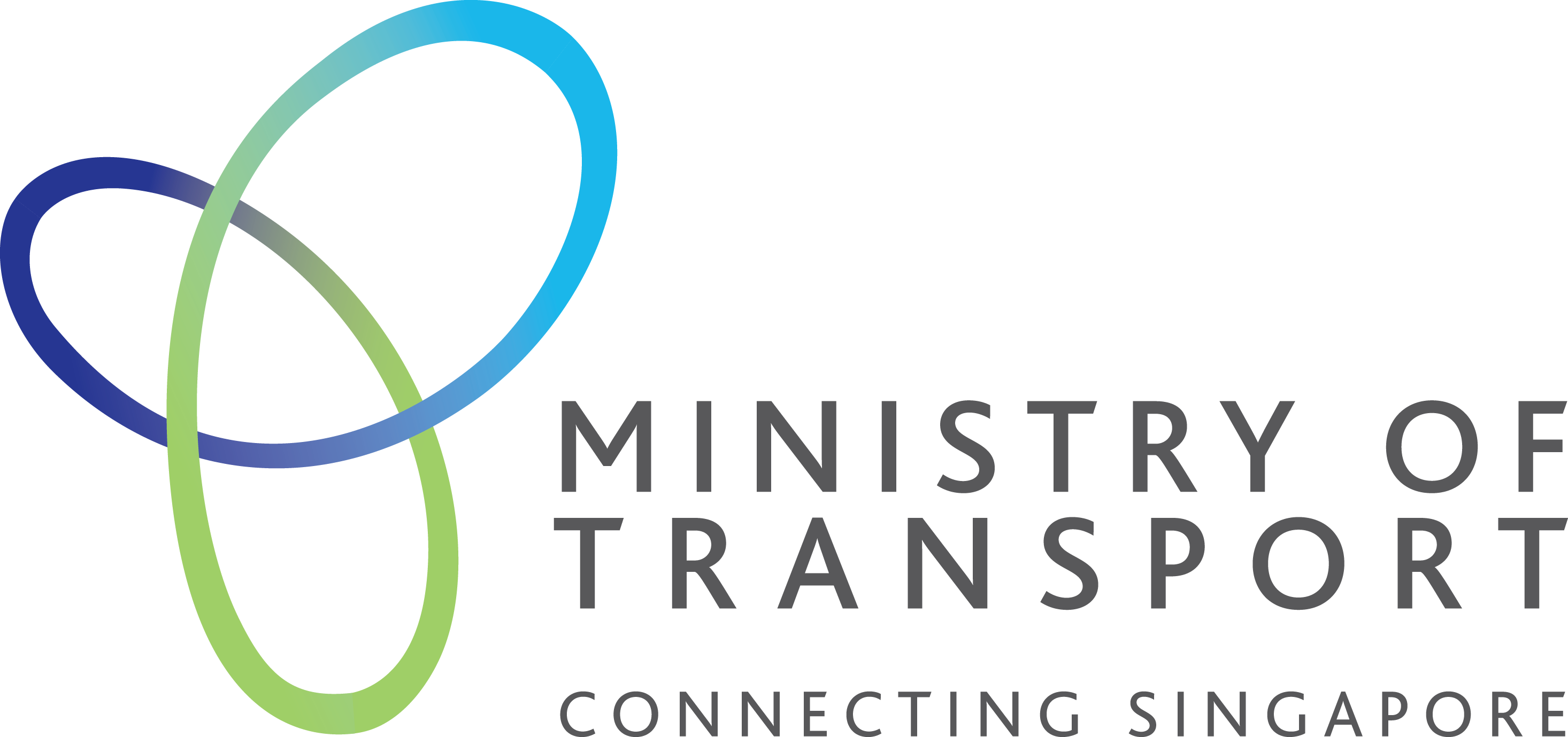Oral Reply by Senior Minister of State for Transport Dr Amy Khor to Parliamentary Questions on the Sustainability, Demand and Supply of the Point-to-Point Transport Sector
10 September 2024
This article has been migrated from an earlier version of the site and may display formatting inconsistencies.
Mr Desmond Choo asked the Minister for Transport what is the Government’s assessment on whether the Point-to-Point Transport sector’s current capacity is sustainable in the long term.
Ms See Jinli Jean asked the Minister for Transport
a. whether the Government monitors the trend in the number of drivers in the Point-to-Point (P2P) sector on the road in the past year; and
b. If so, what is its assessment on how the supply of P2P drivers compares with the demand for their services.
Ms Yeo Wan Ling asked the Minister for Transport
a. whether the Ministry monitors the earnings of point-to-point (P2P) taxi and private hire car drivers;
b. if so, what is the average trip fare earned by such drivers in the second quarter of 2024; and
c. how does this compare to previous quarters in 2023.
Reply by Senior Minister of State for Transport Dr Amy Khor:
1. Mr Speaker, may I have your permission to take Questions 4 to 6 in today’s Order Paper together?
2. The point-to-point transport or P2P sector complements our public transport network, with an average of 606,000 daily trips made by some 67,000 taxis and chauffeured private hire cars (PHCs) in 2023. We watch developments in this sector closely, but the government does not set fares for the P2P sector, as these are determined by the P2P operators based on market competition.
3. We also do not cap the number of P2P drivers, but instead allow the supply of P2P drivers to move in tandem with commuter demand and price signals. The appropriate level of supply for the sector depends on the level of commuter demand and the fares they are willing to pay. When demand is higher and fares increase, we can expect more drivers to enter the market. Conversely, when there is excess supply of drivers, fares will drop and some drivers may decide to exit the market.
4. Following the easing of COVID-19 measures in March and April 2022, demand for P2P services rose along with other transport services, which led to higher fares from surge pricing. In the past two years, P2P operators had also adjusted fares to help drivers cope with higher operating and fuel costs, such as the temporary driver’s fee implemented by ride-hail operators, and the increase in taxi fares and surcharges by street-hail operators.
5. In response to higher fares, more drivers entered the market. Between the second quarter of 2023 and the second quarter of 2024, the number of active PHCs and taxis increased by 8%. However, the average daily number of P2P trips increased by only 1% during this same period.
6. As a result, P2P fares and consequently drivers’ earnings have moderated. From a peak at the start of 2023, average surge prices and net ride-hail fares had declined in the first half of 2023, back to levels we saw in the first half of 2022.
7. P2P fares are also subject to seasonal fluctuations in demand. In months where there are major events, such as the Taylor Swift and Coldplay concerts in the first quarter of 2024 or during festive periods such as Chinese New Year, there tends to be an increase in travel among locals and visitors, which leads to higher P2P demand and higher fares. Conversely, demand tends to decline during the school holidays where many Singaporeans are abroad. These seasonal effects are another source of fluctuations in drivers’ income.
8. LTA understands the concerns of affected P2P drivers. As part of the ongoing P2P review, we will continue to look at ways to support the smooth and efficient functioning of the sector. This includes measures to reduce operating costs, such as the extension of statutory lifespan for taxis which we announced earlier this year. The operators should pass through these cost savings to drivers via lower rentals. Some drivers have also voiced concerns about foreign vehicles providing illegal P2P services which affect demand. LTA has stepped up enforcement against these errant drivers in recent months and will continue to do so.
9. For drivers who are considering alternative forms of employment, we will also work with the operators and the Labour Movement to assist them. These drivers can tap on various Government programmes to support their career transition, such as the SkillsFuture Career Transition Programme.
